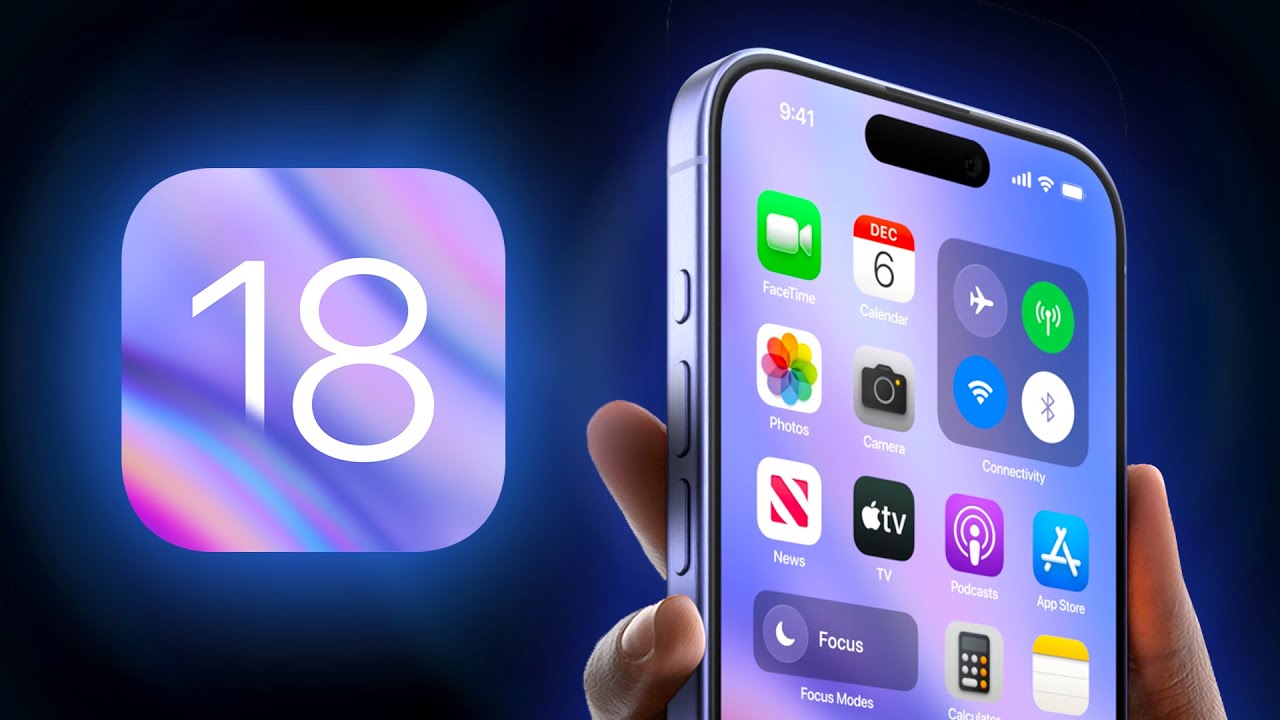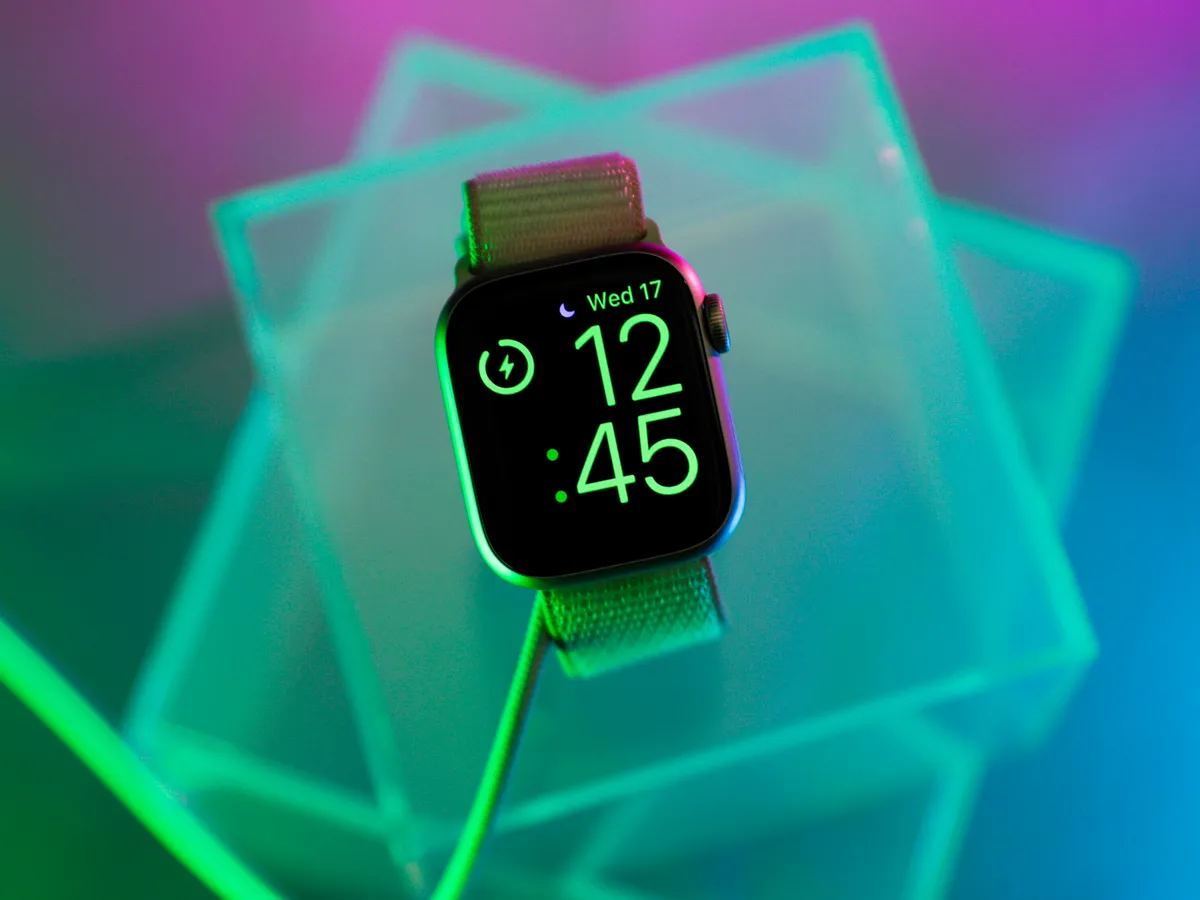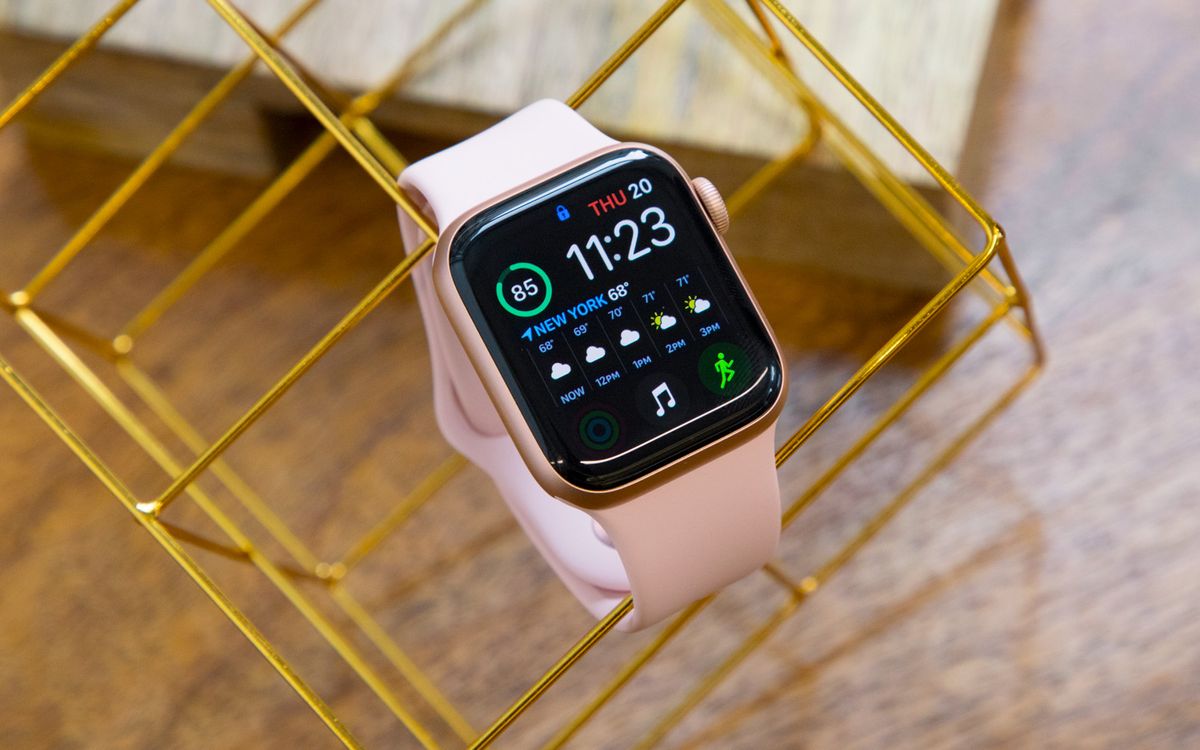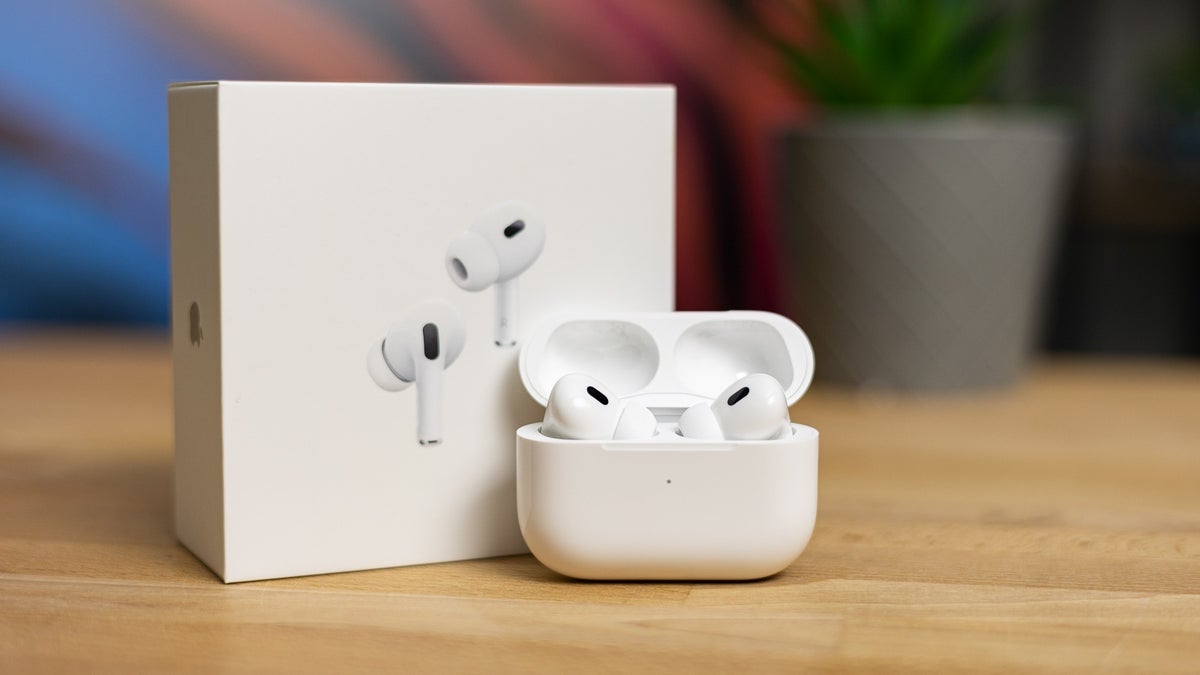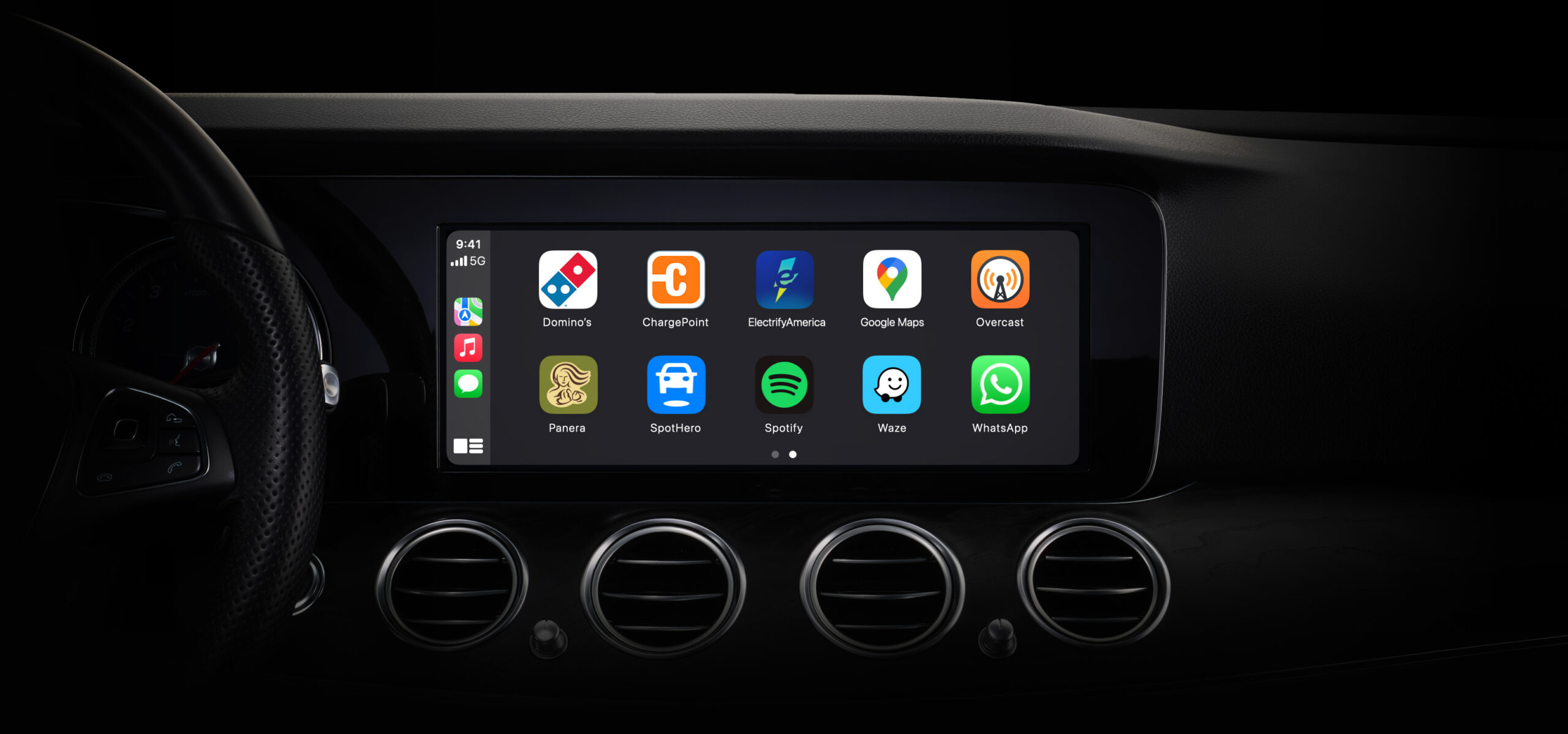Apple has just released its first insights into how many people are using iOS 18. They’ve revealed that 68% of all iPhones now run iOS 18, with the number jumping to 76% for models released in the last four years. This adoption rate mirrors the pattern seen with iOS 17 last year. The data was collected from devices interacting with the App Store on January 21, 2025, and was made public on Apple’s Developer site.
Breakdown of Device Adoption:
For iPhones from the Last Four Years:
- iOS 18: 76%
- iOS 17: 19%
- Earlier versions: 5%
For All iPhones:
- iOS 18: 68%
- iOS 17: 19%
- Earlier versions: 13%
iPadOS 18 Adoption:
For iPads from the Last Four Years:
- iPadOS 18: 63%
- iPadOS 17: 27%
- Earlier versions: 10%
For All iPads:
- iPadOS 18: 53%
- iPadOS 17: 28%
- Earlier versions: 19%
These numbers show a similar trend when compared to previous years, indicating a steady pace in updates adoption.
More About iOS Updates:
iOS 18 supports the same range of iPhones as iOS 17, going back to the iPhone XS from 2018. This support means that even older models can enjoy new features, security updates, and bug fixes.
Apple has also made it simpler for users to decide when to update. When iOS 18 was launched in September, users had the option to update to either iOS 18 or iOS 17.7. Choosing the latter meant they could avoid potential issues with a new major release while still benefiting from important security updates.
The latest minor update, iOS 17.7.2 and iPadOS 17.7.2, released in November, further emphasizes Apple’s commitment to keeping all devices secure, regardless of whether users have moved to the latest iOS version.
